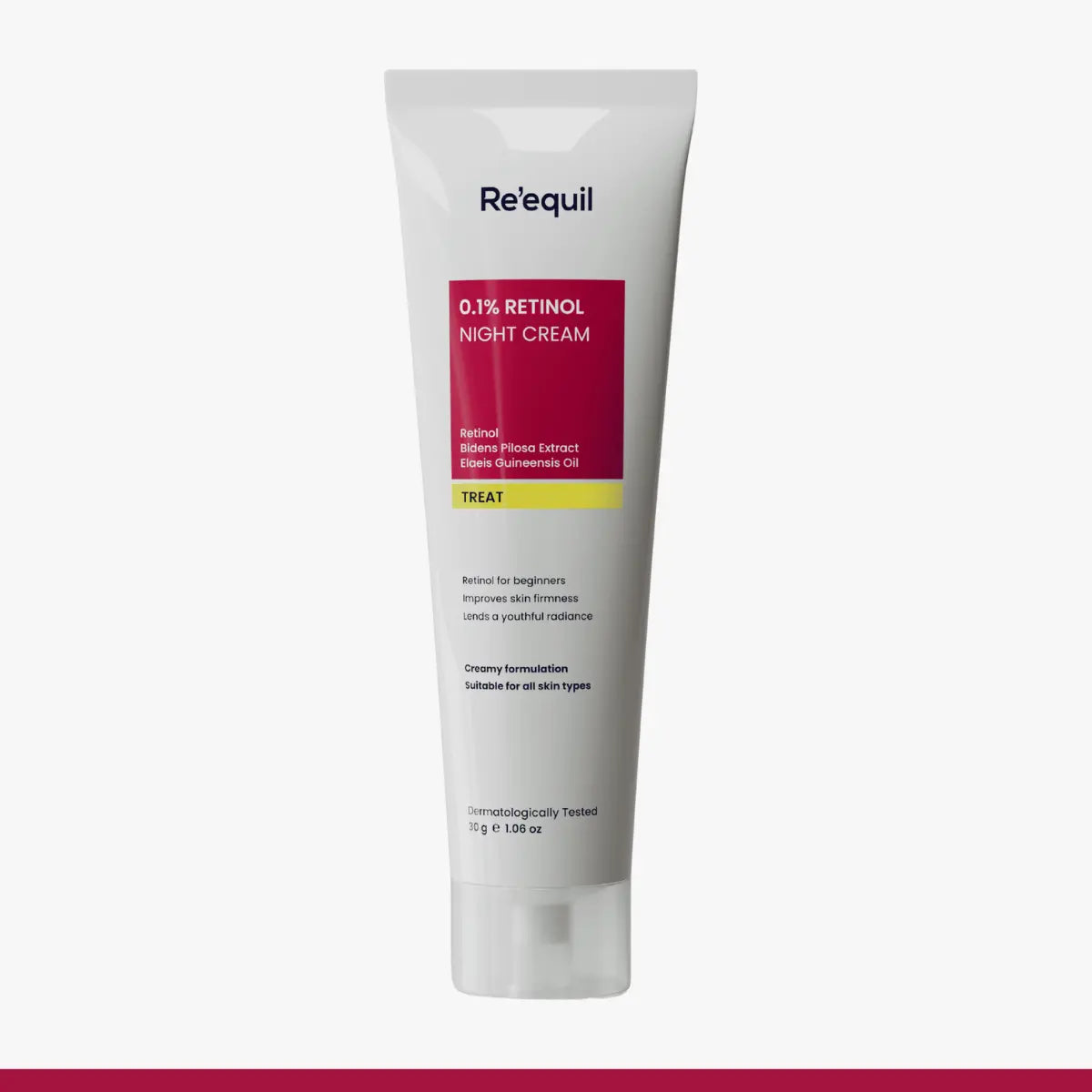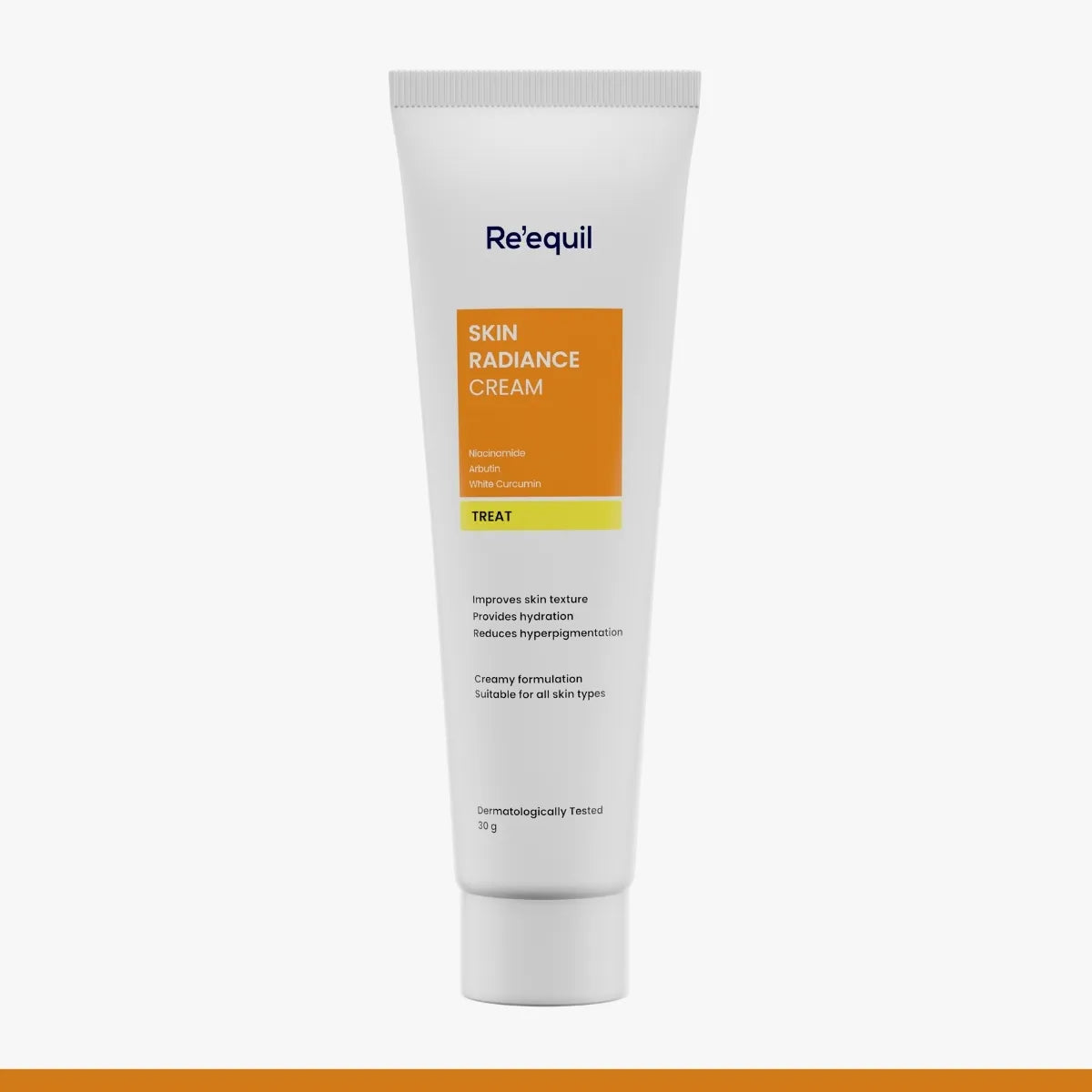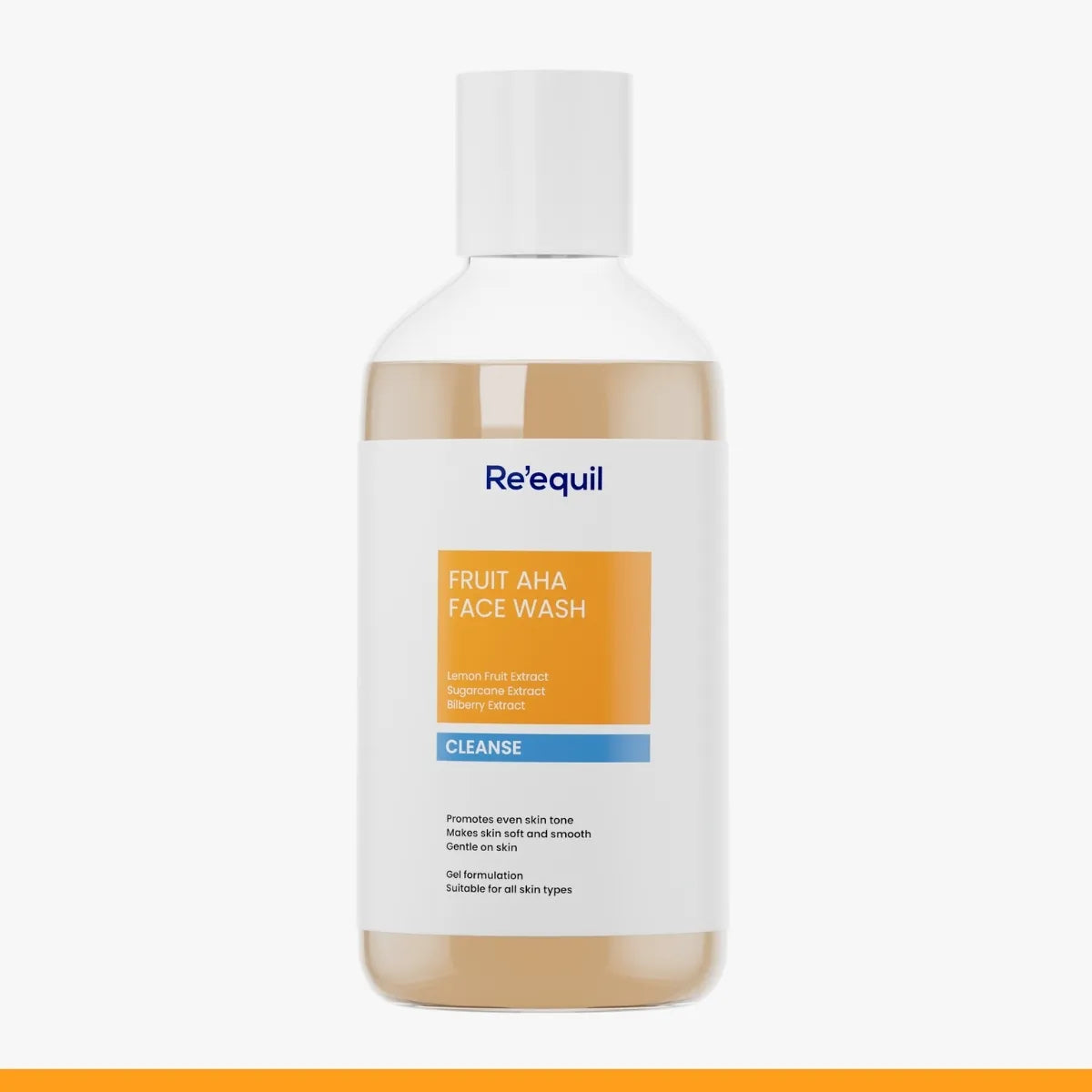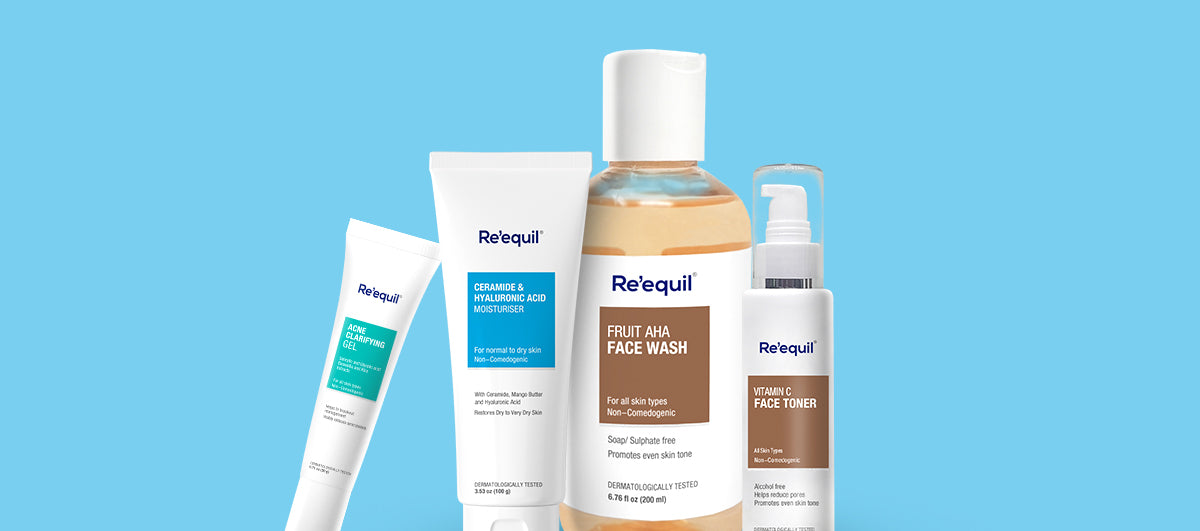When you don't get the desired results from your regular skin care products, you feel like trying something new. Having said that, introducing new ingredients into your routine brings the fear of adverse skin reactions. “Skin care acids" are the new favorite among skin junkies because of their astonishing skin benefits. However, dermatologists explain that it may take your little extra time but it is worth knowing the right ingredients for your own skin. In fact, no product is bad, but it is not necessary that what works best for others should be the same for you.
Types of skin care acids
- AHA’s (Alpha hydroxy acids)
- BHA’s (Beta hydroxy acids)
- Citric acids
- Hyaluronic Acid
1. AHA’s (Alpha Hydroxy Acids)
Alpha hydroxy acids are considered the best chemical exfoliators for your skin. These naturally occurring acids facilitate the shedding of dead cells from the uppermost layer of skin which in turn make your skin smooth and bright. A 2018 research study states that the application of AHA’s help to fade away skin discolorations including melasma, hyperpigmentation, age spots, and dark spots. In addition, AHA’s also help to boost collagen production and cell regeneration. Glycolic acid, whilst citric, mandelic, and lactic acids are some common examples of AHA’s.
2. BHA’s (Beta hydroxy acids)
BHA’s or beta hydroxy acids are primarily used for the treatment of acne. They help to cleanse your skin's pores and deeper layers of skin to prevent the excess secretion of oil. Salicylic acid is the most common type of BHA, which is considered good for the acne-prone skin. Anti-inflammatory properties of salicylic acid help to provide the relief from inflammation and redness associated with acne conditions. It is utilized in many anti-acne care products like acne clarifying gels and oil control face wash.
3. Citric acid
Citric acid is another super ingredient that helps to attain youthful and healthy skin. According to an international research study, use of topical products containing citric acid has shown a significant improvement in diminishing hyperpigmentation and dark spots. It is a potent source of antioxidants, which help to repair the sun-damaged skin. In addition, it also helps to reduce the appearance of fine lines and wrinkles by boosting collagen production.
4. Hyaluronic Acid
Hyaluronic acid is well known for its remarkable skin hydration properties. It is acknowledged as a wonderful anti-aging ingredient as it helps to plump the fine lines by delivering moisture to the deeper layers of skin. Another major benefit of hyaluronic acid is that it is well suitable for all skin types. Skin care experts say that incorporating the hyaluronic based moisturizer in your skin regimen is a way to get healthy and glowing skin.
P.S.
Before using any products on your skin, it is a prerequisite to determine the pH of your skin. Your skin’s natural pH lies between 4.7 and 5.75. The balanced pH levels of your skin supports a healthy barrier function also called as “acid mantle” which acts as a protective shield for your skin. Unfortunately, disturbed pH levels give rise to numerous dermatological concerns like acne, extremely dry skin, and face wrinkles. Dermatologists explain that understanding the product pH before combining many skin care products in your skin regimen will be only beneficial for your skin type. It is observed that hyaluronic acid can be used with vitamin C products. Hyaluronic acid is a skin-hydrating ingredient that helps to plump up your skin by locking in the moisture in skin layers. After the application of vitamin C toner, applying hyaluronic acid-based moisturizer is found good to make your smooth, soft, and brighter. Whereas, it is still unclear when it comes to combining AHA’s with BHA’s. Nonetheless, talking to an experienced dermatologist is truly a great idea to get trusted advice your skin queries.





